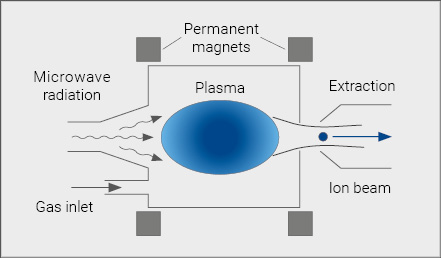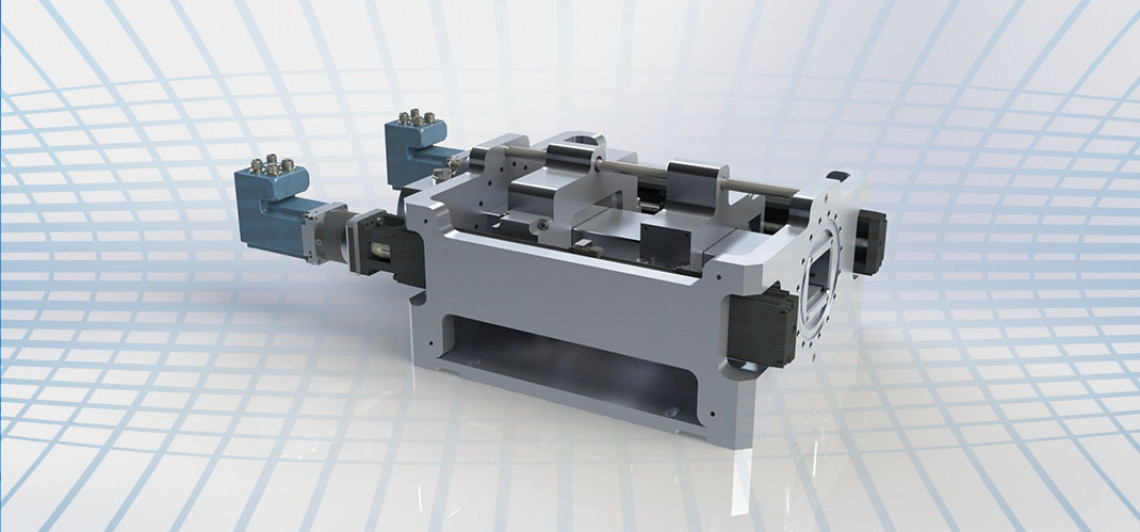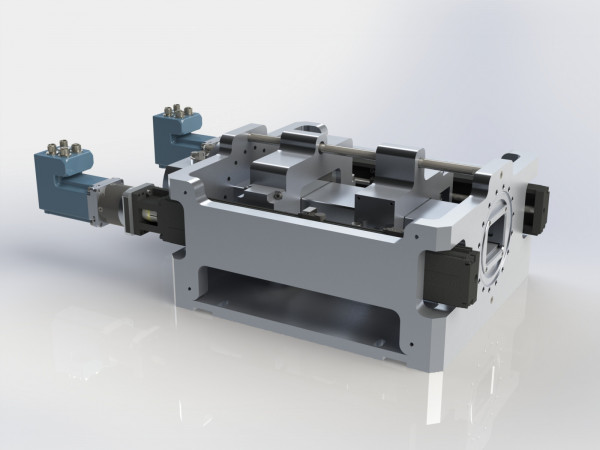PRINCIPLE OF OPERATION
An electron cyclotron resonance ion source (ECRIS) uses the functional principle of resonant heating plasma by microwave irradiation. Electrons in a magnetic field move in circles due to the Lorentz force, with a frequency depending on the magnetic field strength. If the frequency of the incoming microwave radiation is approximately equal to the gyration frequency of the rotating electrons, resonance resulting in the heating of the electrons is observed. The heating of the free electrons generates ions via electron impact ionization, which in turn generates additional free electrons. This snowball effect produces a plasma confined by the magnetic field, which is generated by permanent magnets. Ions can be extracted from the plasma by applying an electric gradient.
Depending on the operating parameters, ECR ion sources are able to produce multi-charged ions or lowly charged ions at ion beam currents of µA up to mA.

Figure 1: Schematic illustrating the principles of operation of an electron cyclotron resonance ion source (ECRIS).


